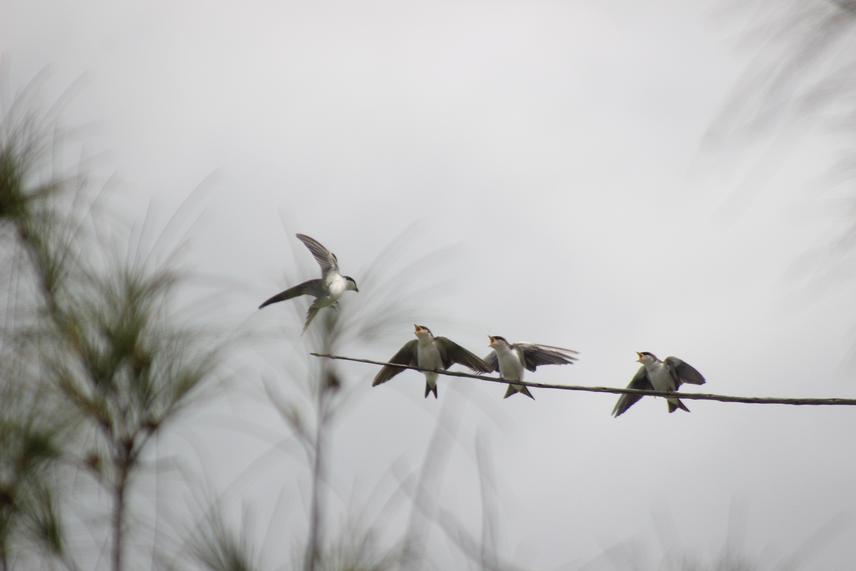Maya Wilson
Other projects
1 May 2014
The Ecology, Life History and Conservation of the Bahama Swallow (Tachycineta cyaneoviridis), an Endangered Passerine in the Northern Bahamas
8 Mar 2017
Population Biology, Life History and Ecology of the Bahama Swallow (Tachycineta cyaneoviridis): Informing Conservation of an Endangered Bird in the Bahamas II
This project will investigate several questions related to the population biology, life history and ecology of the Bahama Swallow, an endangered species that is endemic to the northern Bahamas. In collaboration with several organizations in the Bahamas, I will inform and engage local communities and contribute to the development of effective strategies to conserve the Bahama Swallow and its breeding habitat.

The Bahama Swallow (Tachycineta cyaneoviridis) is an endangered passerine that is endemic to the northern Bahamas. This research project focuses on three central questions:
(1) What are the features of the current Bahama Swallow population biology?
Available estimates of Bahama Swallow populations indicate a sharp decline in abundance, and there is currently no information regarding population distribution and dispersal. I am conducting population surveys and using capture- recapture to estimate abundance and distribution, and using genetic analysis to assess the dispersal of populations between islands.
(2) What are the life history characteristics of the Bahama Swallow?
There is only one existing study of Bahama Swallow breeding biology, so life history data for this species are limited. I am expanding these data by monitoring active nests during several consecutive breeding seasons.
(3) What are the potential agents of decline of Bahama Swallow populations?
(A) Loss and degradation of breeding habitat: Bahamian pine forests were heavily logged in the past, and continued loss and degradation of pine forests poses an ongoing threat to Bahama Swallows and other species on the pine islands. I am conducting habitat surveys to assess the availability of suitable breeding habitat.
(B) Competition for nesting cavities: The Bahama Swallow may face competition for cavities with other cavity-nesting bird species. I am identifying the species that excavate and utilize the same types of nesting cavities as Bahama Swallows, and designing a cavity nest web illustrating the interactions of these species.
(C) Nest depredation: Increased abundance of nest predators could pose a threat to the Bahama Swallow. I am monitoring active nests to determine whether the rates of depredation contribute significantly to population declines.
I am working with several organizations in The Bahamas, including the Bahamas National Trust (BNT) and Friends of the Environment, to facilitate and promote this work. My goal is to engage communities in this project and the science being conducted locally. Ultimately, I hope to assist in the development of strategies to conserve the Bahama Swallow and its breeding habitat.